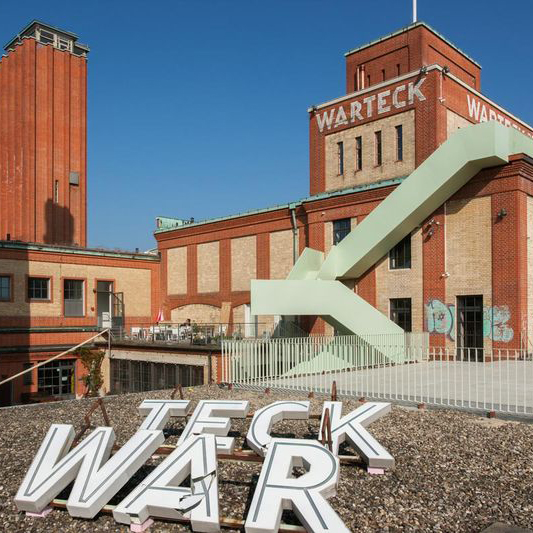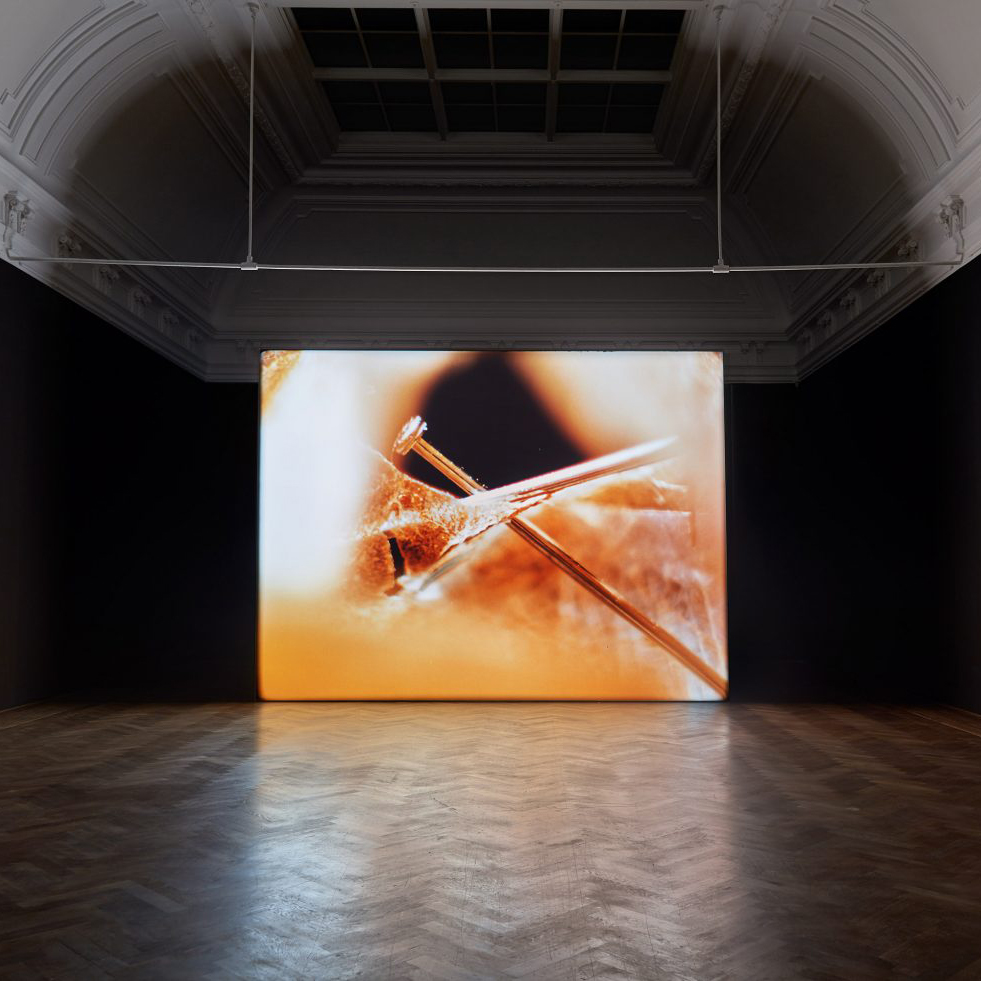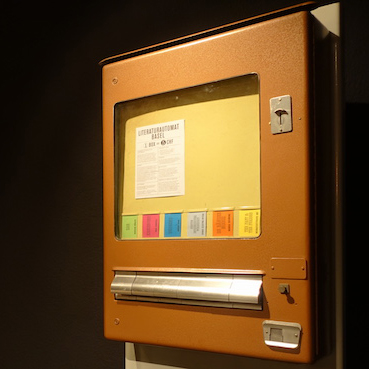Off on holidays! The SCHIRN MAG has explored the most beautiful destinations. From Frankfurt to Basel it's only three hours by train and the city is definitely worth a visit even without the glamor of its art fair.
1. Martha Rosler and Hito Steyerl at Kunstmuseum Basel
“War Games” is a phrase probably most closely associated with ego shooter and the debate whether these video games promote violence. With their exhibition of the same name at Kunstmuseum Basel, however, the artists Martha Rosler and Hito Steyerl are showing that the increasing militarization of everyday life is not a new phenomenon: Back in the 1960s, Martha Rosler had already begun examining the media’s portrayal of the Vietnam War in her photo collages.
Hito Steyerl, on the other hand, explores neoliberalist structures of power and command in her multimedia installations. In front of her video installation “Is the Museum a Battlefield?” (2013), Steyerl has created a seating accommodation made of sandbags, reminiscent of military covers. The video itself questions the shady funding of some art institutions by sponsors such as arms corporations. Although the aesthetic of the two artists could hardly be more different, they are united by a shared contemplation of the power of images in general and of those images they produce themselves. The dialogue between these two artistic positions was therefore long overdue – and it works! The exhibition runs until December 2.
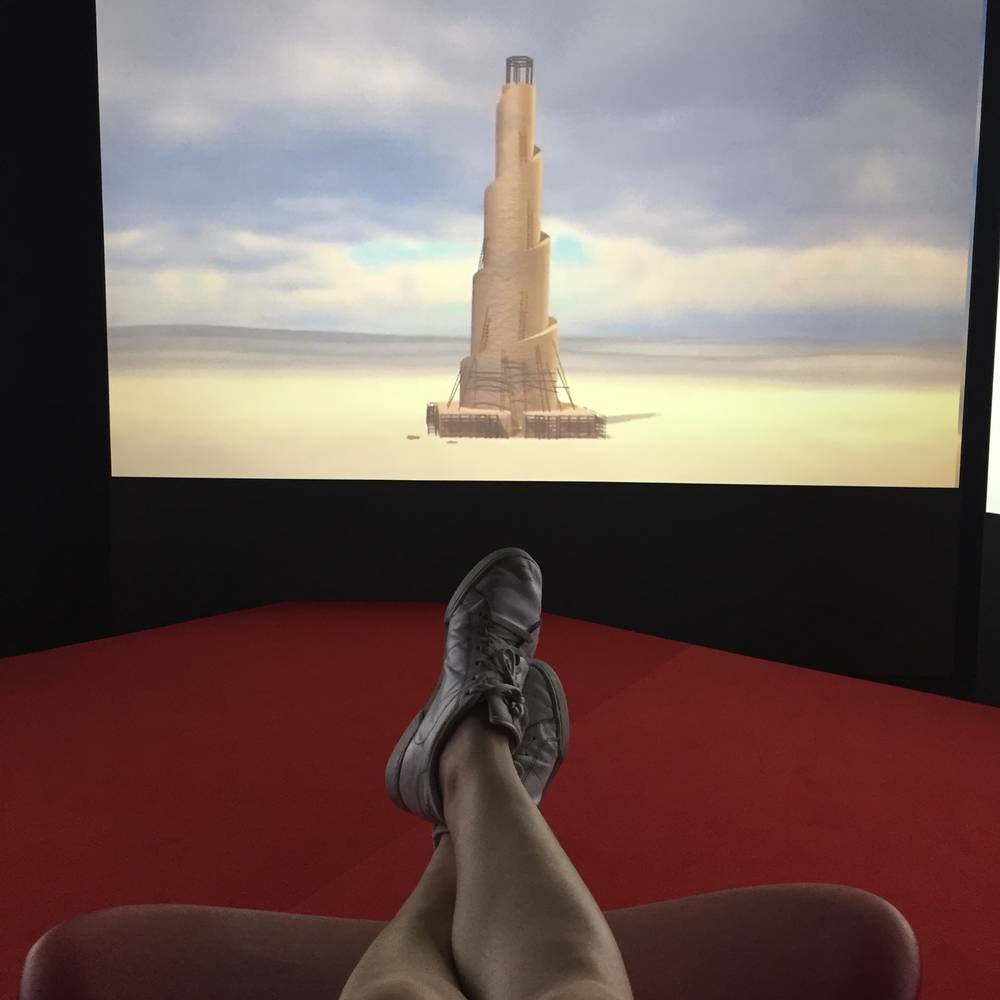
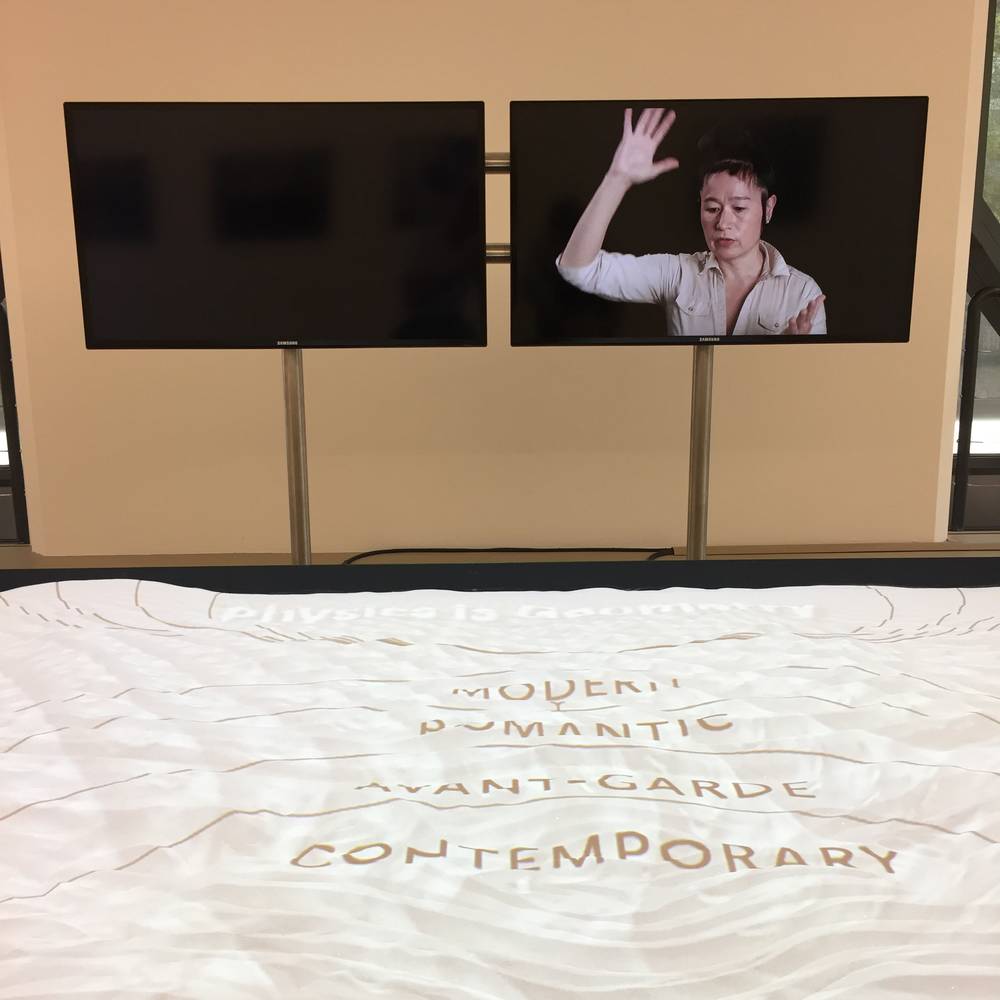
2. „A Wickelfisch to go, please!“
Basel is a very easy city to walk on foot, but there is one type of locomotion practiced only during the summer: swimming in the Rhine. It’s even more fun with the so-called “Wickelfisch” (“wrapping fish”), a watertight bag with which you can take a carefree dip in the water without getting your clothes, valuables or telephone wet. We tried it out right away and crossed the Wettstein Bridge to get to the opposite bank of the Rhine with our possessions in the pink fish, folded seven times to seal it, and dive right in. Carried by the current of the Rhine, you can lie back on your swimming bag and float along until you reach your destination.
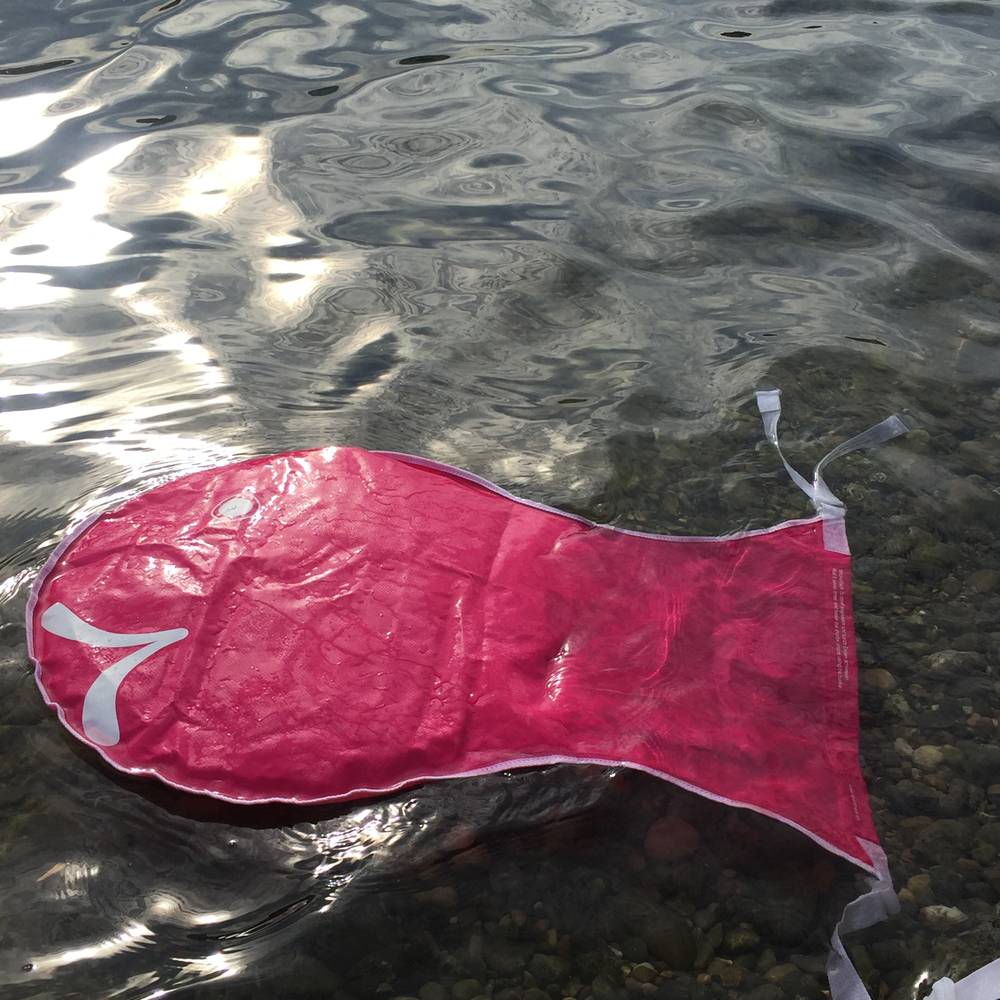
3. Brötli Bar
“Brötli” is the Swiss name for the open sandwiches you find in bakeries, and Basel has a store dedicated entirely to making them. At the Brötli Bar in Hotel Stadthof, you can choose between no less than 30 different varieties, which you can then either enjoy on the spot or take away. Whether it’s curried rice, asparagus, tartar or salmon – there’s something for everyone here. Tasting so many varieties takes quite some time, so it’s best to plan more than one lunchbreak at the Gerbergasse.
4. Werkraum Warteck pp
In the art world, Basel is known first and foremost for the Art Basel fair, which takes place every spring. During the 1990s the city was then enriched even further with the LISTE art fair, which aims to provide a platform for primarily young and international galleries of contemporary art. When selecting a venue, organizers aimed to create a counterpoint to the bigger, established fair and therefore settled on the former Warteck brewery. However, not many visitors to Basel know that there are exciting events at this location outside the art fair too, and it’s home to various studios as well as a DJ school for women. Anyone working in the cultural sector that needs a place to stay can rent so-called sleeping alcoves known as Nachthafen, (night harbor), and thus meet others from the cultural sphere. A look into the many offers of the Werkraum Warteck pp is well worth it.
5. The SALTS exhibition space
It has almost been ten years now since Samuel Leuenberger created the SALTS exhibition space in the old butcher’s shop that belonged to his grandfather. What initially began as a small art salon is now regarded as one of the most coveted exhibition spaces in Basel. With this year’s edition of Art Basel there will be three exhibition openings this summer, which all run until August 23. A particular highlight is “Adrenarchy” by Jumana Manna, for which the artist has transformed the space into a sauna. The light wood benches bear sculptures that appear like oversized body parts apparently relaxing. Forming a contrast with these sculptural body fragments, stacks of hand towels are placed nearby, on top of which smartphones and tablets show animations of steaming skin.
Anyone wanting to get some fresh air after their visit needn’t go far. Behind the converted garage, which currently hosts works by Rodrigo Hernándes, there is a delightful garden directly by the river Birs. Here you can still find traces of past projects, including a water tank by Lena Henke, whose work “Don’t Shout at Me, Warrior!” could be seen in the rotunda of the SCHIRN in 2017.

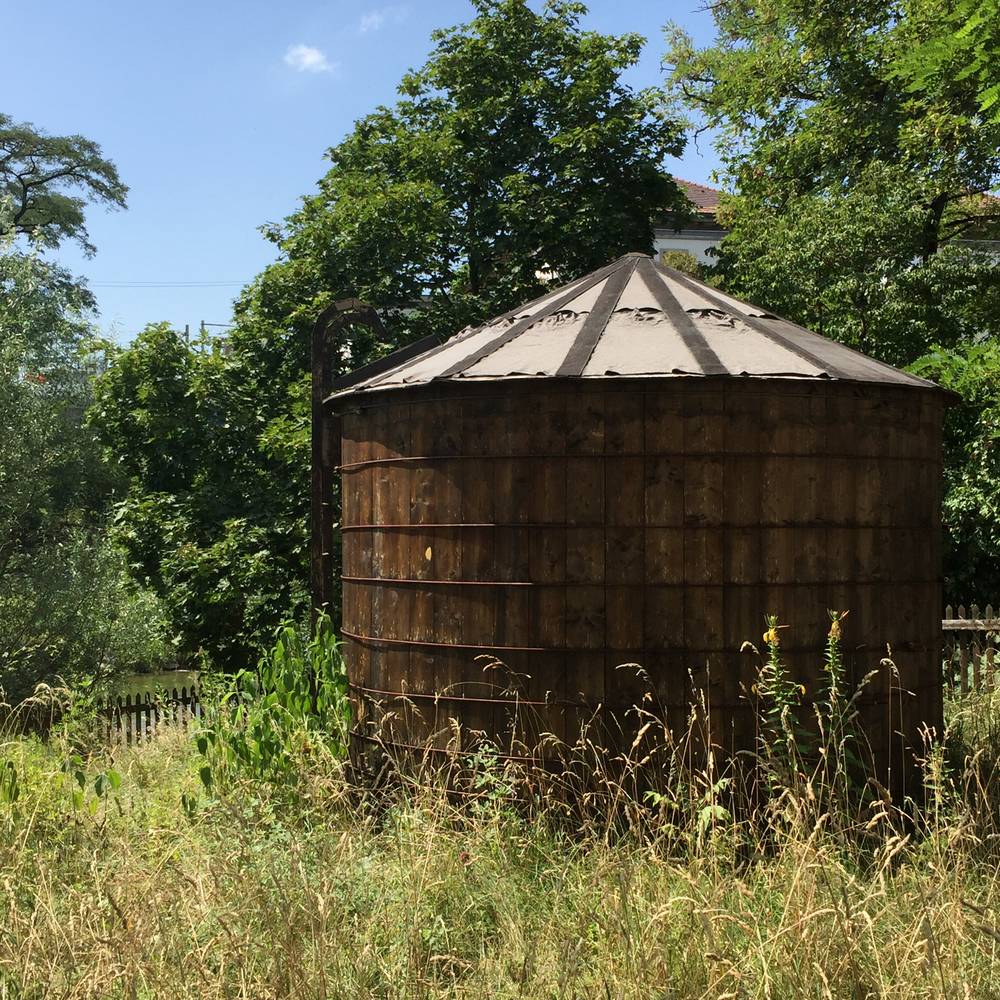
6. Raphaela Vogel and Luke Willis Thompson at Kunsthalle Basel
A train journey from Frankfurt to Basel takes less than three hours. This, among other things, may explain why so many graduates of the Städelschule (Academy of Fine Arts in Frankfurt) end up exhibiting in the city sooner or later. With the current solo exhibitions by Raphaela Vogel and Luke Willis Thompson, the Kunsthalle Basel presents two artists who both graduated in Frankfurt in 2014, but couldn’t be more different in their artistic expressions.
On the ground floor a stallion rears up, video screens are integrated into portable urinals, aluminum trusses serve as podiums for projections, and somewhere Borussia Dortmund football chants can be heard. In “Ultranackt” (“ultra-naked”), Raphaela Vogel transforms masculine symbols into dystopian video sculptures. By contrast, a 35-mm film by Luke Willis Thompson rattles on the upper floor, showing pins holding together individual bits of skin. It is a tiny sculpture created by the artist Donald Rodney, who suffered from sickle cell anaemia and which he made from his own skin. With the film “_Human”, Thompson created a poetic homage to his creative role model and, at the same time, examines the body as a theater of class issues. Anyone who can’t make it to Basel by August 18 can see his works in London instead, where he has been nominated for this year’s Turner Prize for his work “Autoportrait”.
7. Rheinhafen (Port)
On a summer’s evening there is virtually nothing better than to sit at the waterside. For some years now there has been a place on the Rhine where you can not only sit comfortably, but also dance the night away. To find it you need to walk along the Unterer Rheinweg towards Klybeck, then cross the rails to reach the port. There, bars have sprung up in old containers that have been lovingly decorated, inviting you to linger. Even an old ship has been repurposed: The “Roofdeck” is a cocktail bar, restaurant and lounge at the same time and regularly hosts guest DJs.

Roofdeck, Basel, Image via fbcdn.net
8. Literature vending machines
Cigarettes can be addictive – and so can good literature. Nevertheless, opportunities to enjoy the latter are all too few in everyday life – something of which the operators of the “Literaturautomaten” (or literature vending machines) are well aware. This prompted them to place discarded cigarette machines holding short texts in two Basel bookstores and in the Literaturhaus Basel. Instead of cigarettes, the boxes coming out of these machines contain poetry and prose texts on small cards. Every vending machine is inaugurated with an accompanying reading, and the Literaturautomat association organizes events involving interesting authors throughout the year. The next workshop takes place on September 2. To find out more you can take a look at the website.
9. Bruce Nauman at Schaulager
A ten-minute tram ride from the main railway station, and in the middle of an industrial zone is not where you normally expect to find art. However, the Laurentz Foundation taught us better and commissioned Basel-based architecture firm Herzog & de Meuron in 2003 to create an ideal venue for presenting artworks at that location. Since then the Schaulager has hosted major solo exhibitions of contemporary art.
Whether or not Bruce Nauman still counts as a contemporary artist is a matter for debate, but there are probably very few artists whose works, even after 50 years, exert such a draw on the spectator as those by the famous American. The retrospective “Disappearing Acts” begins with Nauman’s early studio works and includes his well-known neon installations, as well as more recent works in which the 76-year-old uses 3D technology to reenact his famous “Walk with Contrapposto” video from 1968. The exhibition runs until August 26 and then moves to the Museum of Modern Art in New York. A little tip on the side: The admission ticket also gives you access to the art museum’s permanent collection, which includes Nauman’s works “Days” (2009) and Untitled (1970/2009).
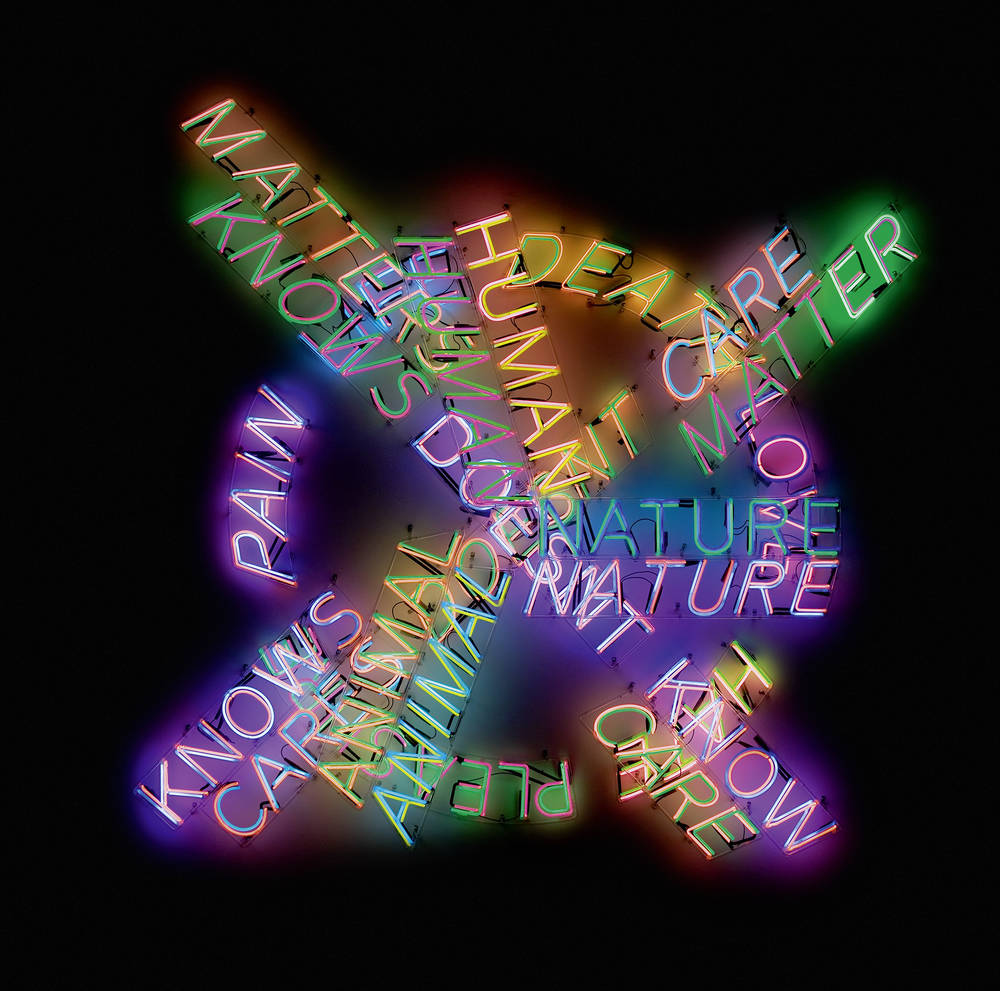
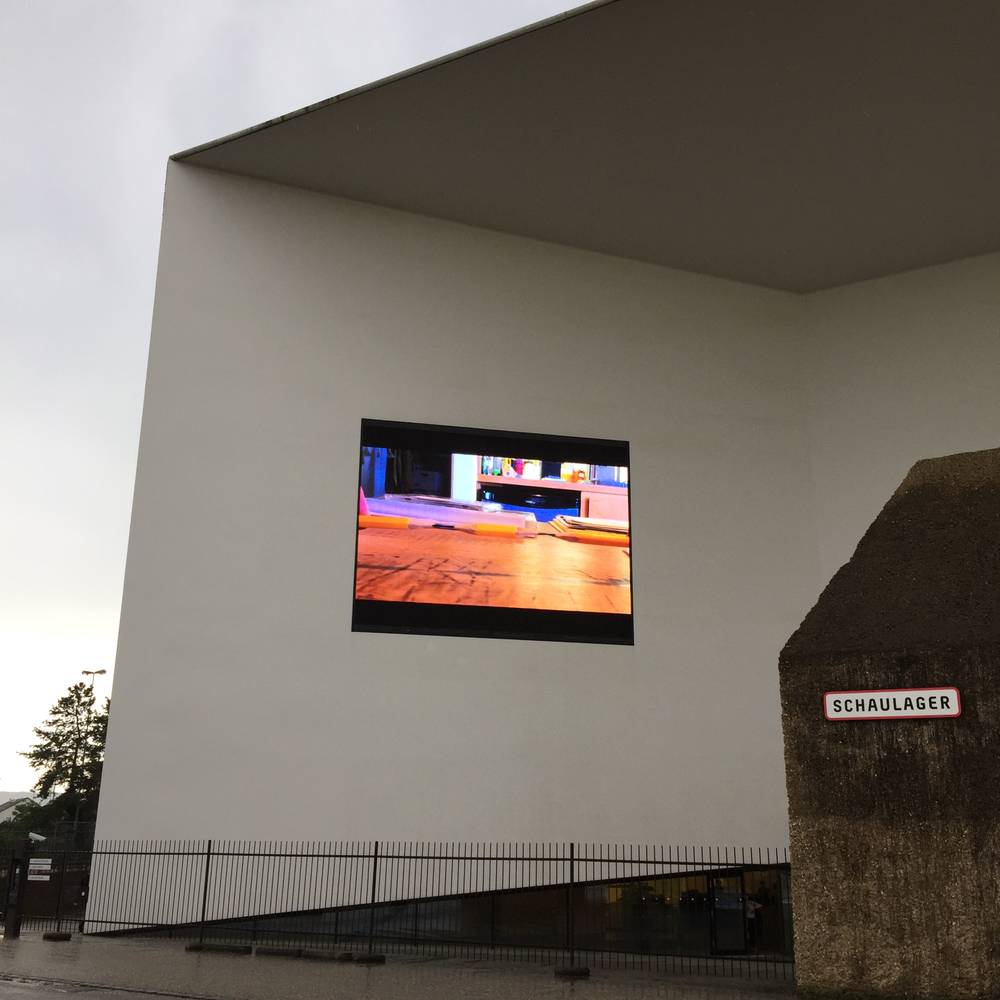
10. Merian Gardens
You can hardly deny that Switzerland is expensive. However, we were lucky enough to find what might be the loveliest place in Basel and it’s actually for free: Not far from the Schaulager, a small, unassuming street leads to the magnificent Merian Gardens. The 18 hectares boast an English garden, a dry grassland conservation area, and a manor. What the gardens have to offer is truly impressive and can barely be covered in a day: There is a maze in which you can not only get lost but also learn about plant varieties, an apiary where you can see how silkworms hatch, or you can take part at one of the many events, such as the Victorian picnic on August 8. Aside from all that, you can also simply enjoy the good food served on the terrace of Villa Merian, where fruit and vegetables from the site’s own gardens are used. In short, it’s an oasis of wellbeing.

